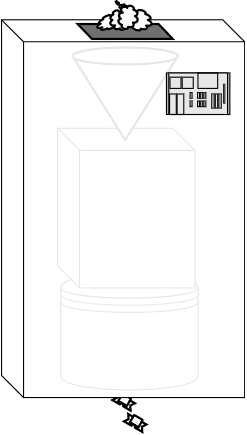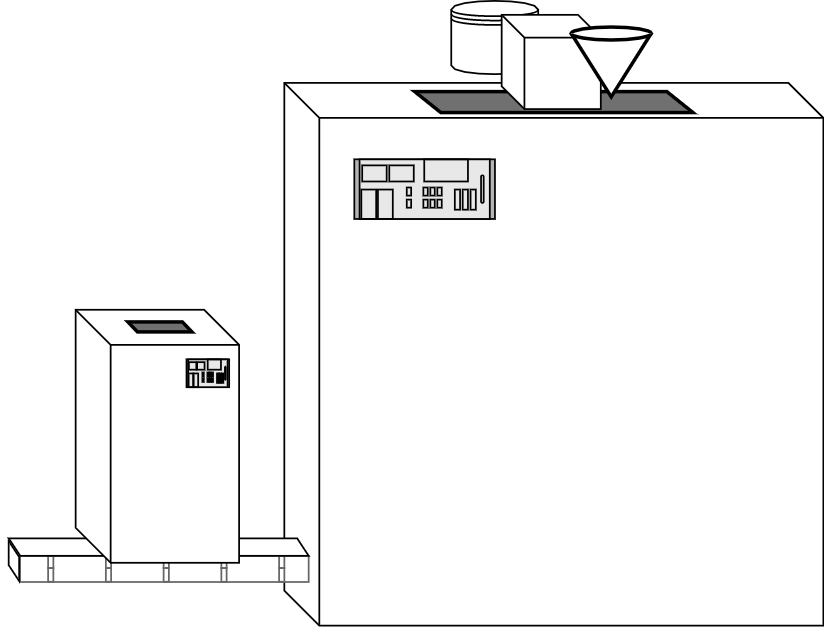R.compose
composing two functions and then mapping the resulting function over a functor should be the same as first mapping one function over the functor and then mapping the other one.
- ie. if you plan to map over the same array multiple times, just compose the functions and then map over the array once with that composed function
["1", "2", "3"].map(r.unary(parseint)
the data flow is:
arrayvalue <-- map <-- unary <-- parseint
(p.s., any time you see data flow presented this way, think r.compose()
parseint is the input to unary(..). the output of unary(..) is the input to map(..). the output of map(..) is arrayvalue. this is the composition of map(..) and unary(..).
having a series of functions whose input is the output provided by the previous (inner) function

encapsulating a series of functions within one function

functions compose from right to left (incl. r.compose())
- expl. this is consistent with how we evaluate functions, from inner to outer (ie. right to left) ex:
["1", "2", "3"].map(r.unary(parseint)
composition is the wrapper around the big machine, whose contents are the parameters of r.compose(). in other words, the components of the machine (under the wrapper) are the individual functions that the origvalue goes through (as an argument). the composed machine returns a new function, so it is in essence a function factory.
rightmost functions are at the top of the machine.
